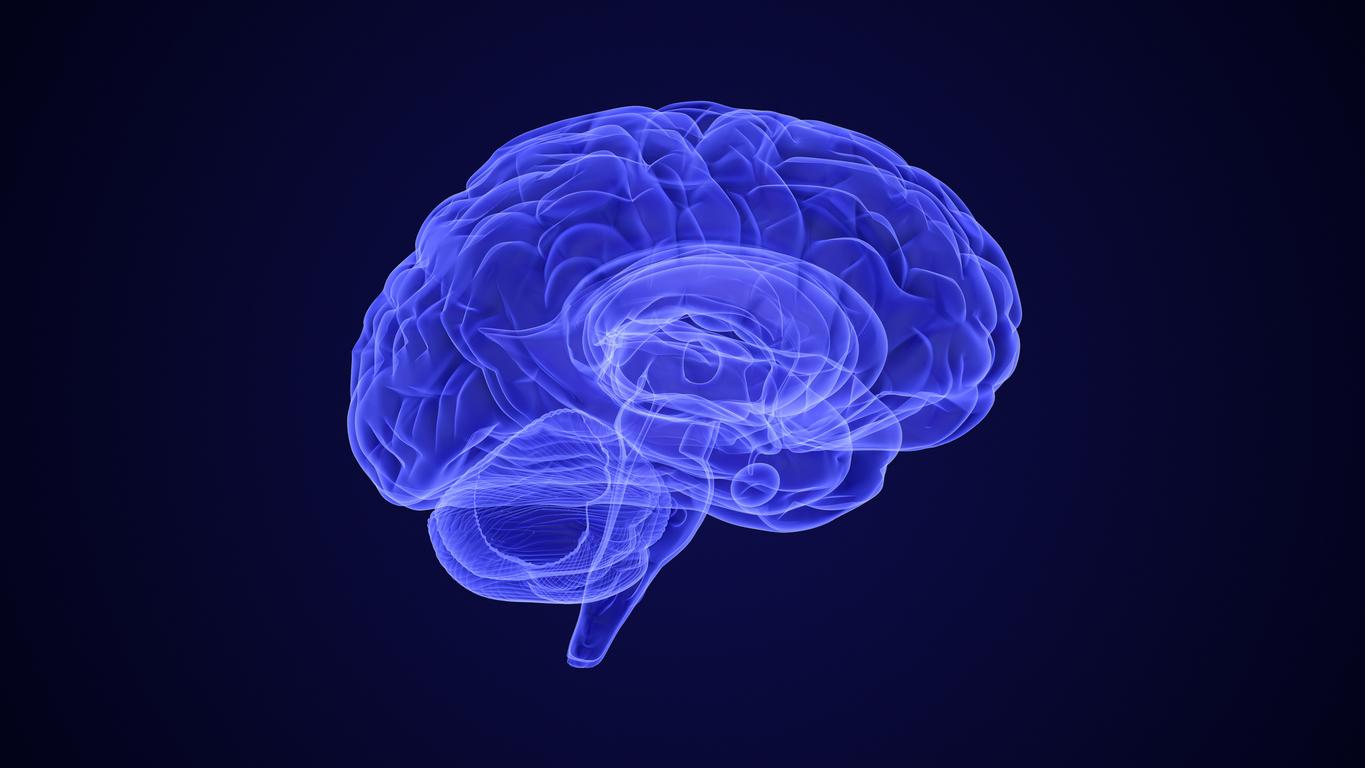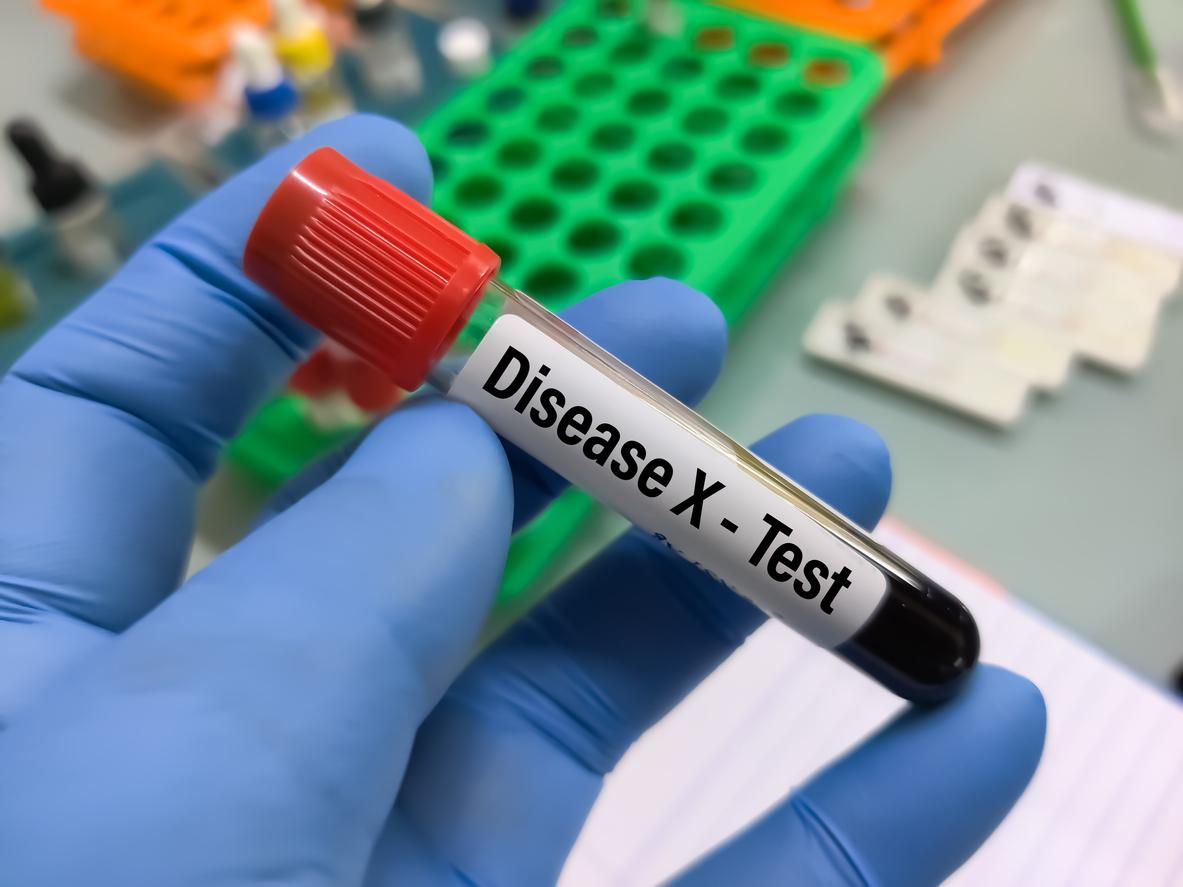Dancing the tango is not only sensual, this traditional Argentine activity would also be effective in improving the well-being of people with Parkinson’s disease.
Researchers from the Montreal Neurological Institute, McGill University and the Research Institute of the McGill Health Center (Canada) analyzed the effects of tango for 12 weeks on 40 subjects with Parkinson diseasedivided into two random groups.
The scientists then measured the possible benefits on the motor (tremor, rigidity, gait disturbances) and non-motor (depression, fatigue, cognitive degeneration) effects of the patients.
Tango improves patient well-being
The results of this study reveal that tango considerably improves the balance and functional mobility of patients. This dance also seems to encourage patients to realize the benefits of their therapy and has some benefits on their cognitive functions and a reduction in their fatigue.
“The tango imposes particular steps which require moving forward and backward in a rhythmic way. This can be useful in the case of walking difficulties, especially for the sudden blockage at the initiation of walking and to prevent backward falls” explains Dr. Silvia Rios Romenets, principal researcher of the study who is working on Parkinson’s disease and dance therapy. “Furthermore, tango requires the use of working memory, attention control, and the ability to multi-task to integrate previously or recently learned dance elements, to follow the rhythm of the music and move around the other dancers on the floor”.
Parkinson’s disease in numbers
The Parkinson disease is the second most common neurodegenerative disease in France, after Alzheimer’s disease.
It is manifested by tremors and difficulty in moving and performing everyday actions. It comes from a decrease in the cerebral production of dopamine, a neurotransmitter necessary to properly control movements. Today, more than 150,000 people suffer from it in France and it is not a disease reserved for the elderly since 20% of patients are under 50 years old.
Read also:
Infographic: everything you need to know about Parkinson’s disease
A new one-minute test to identify Parkinson’s disease
Parkinson’s: walking for 45 minutes regularly slows the progression of the disease
















